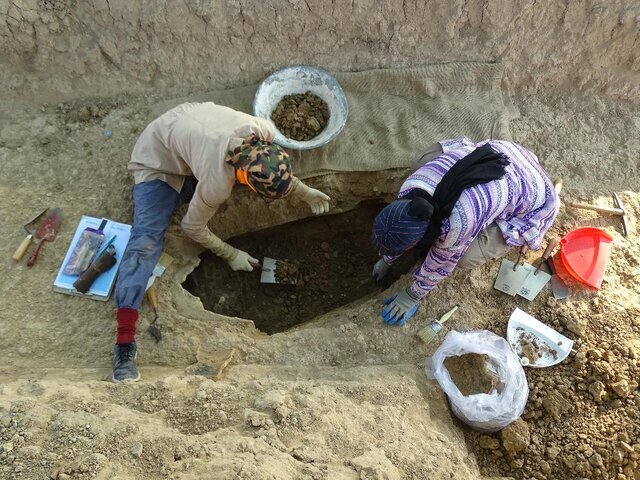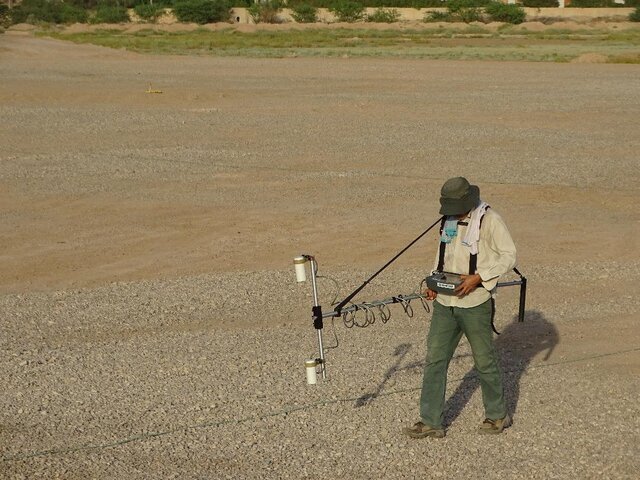Ancient DNA extracted from urn-like tombs unearthed in southwest Iran

TEHRAN – A team of experts has extracted DNA samples from the remains of ancient humans buried in urn-like clay tombs, which were unearthed accidentally earlier this year in southwest Iran.
“The preliminary investigations show these burial urns can be dated from the Parthian and Sassanid eras, but for absolute dating, we have to wait for the results of dating tests on bone remains,” CHTN quoted archaeologist Loqman Ahmadzadeh as saying on Tuesday.
The discovery was made in the Kourosh neighborhood of Ahvaz last July when heavy machinery conducted excavations in the oil-rich region, the report said.
This rare and accidental discovery has provided an exceptional opportunity for archaeologists to conduct methodical research on the history of Ahvaz, the archaeologist said.
Ahmadzadeh added that the burial urns are of the torpedo-shaped type, whose inner surface is tarred, and the condition of the bones inside them shows a natural order and no confusion.

Among the burials, [the remains of ] a child were found…. On the forearm of its skeleton, a worn iron object was seen, which was probably the remains of a bracelet or bangle, the archaeologist noted.
In addition, samples of bitumen used in lining the inner surface of the vats will be analyzed in a laboratory to determine the origin and compare with similar cases in other contemporaneous sites, he said.
The Parthian Empire Parthian Empire (247 BC to 224 CE), also known as the Arsacid Empire, was a major Iranian political and cultural power in ancient Iran. The Parthians largely adopted the art, architecture, religious beliefs, and royal insignia of their culturally heterogeneous empire, which encompassed Persian, Hellenistic, and regional cultures. At its height, the Parthian Empire stretched from the northern reaches of the Euphrates, in what is now central-eastern Turkey, to eastern Iran.

The Sassanid era (224 CE–651) is of very high importance in the history of Iran. Under the Sassanids, Persian art and architecture experienced a general renaissance. Architecture often took grandiose proportions, such as the royal palaces at Ctesiphon, Firuzabad, and Sarvestan, which are amongst the highlights of the ensemble. In that epoch, crafts such as metalwork and gem engraving grew highly sophisticated, yet scholarship was encouraged by the state. In those years, works from both the East and West were translated into Pahlavi, the language of the Sassanians. In 2018, UNESCO added an ensemble of Sassanian historical cities in southern Iran — titled “Sassanid Archaeological Landscape of Fars Region”-- to its World Heritage list.
Ahvaz is the capital of Khuzestan province, which is home to three UNESCO World Heritage sites: Susa, Tchogha Zanbil, and Shushtar Historical Hydraulic System, among many other historical sites.
AFM
